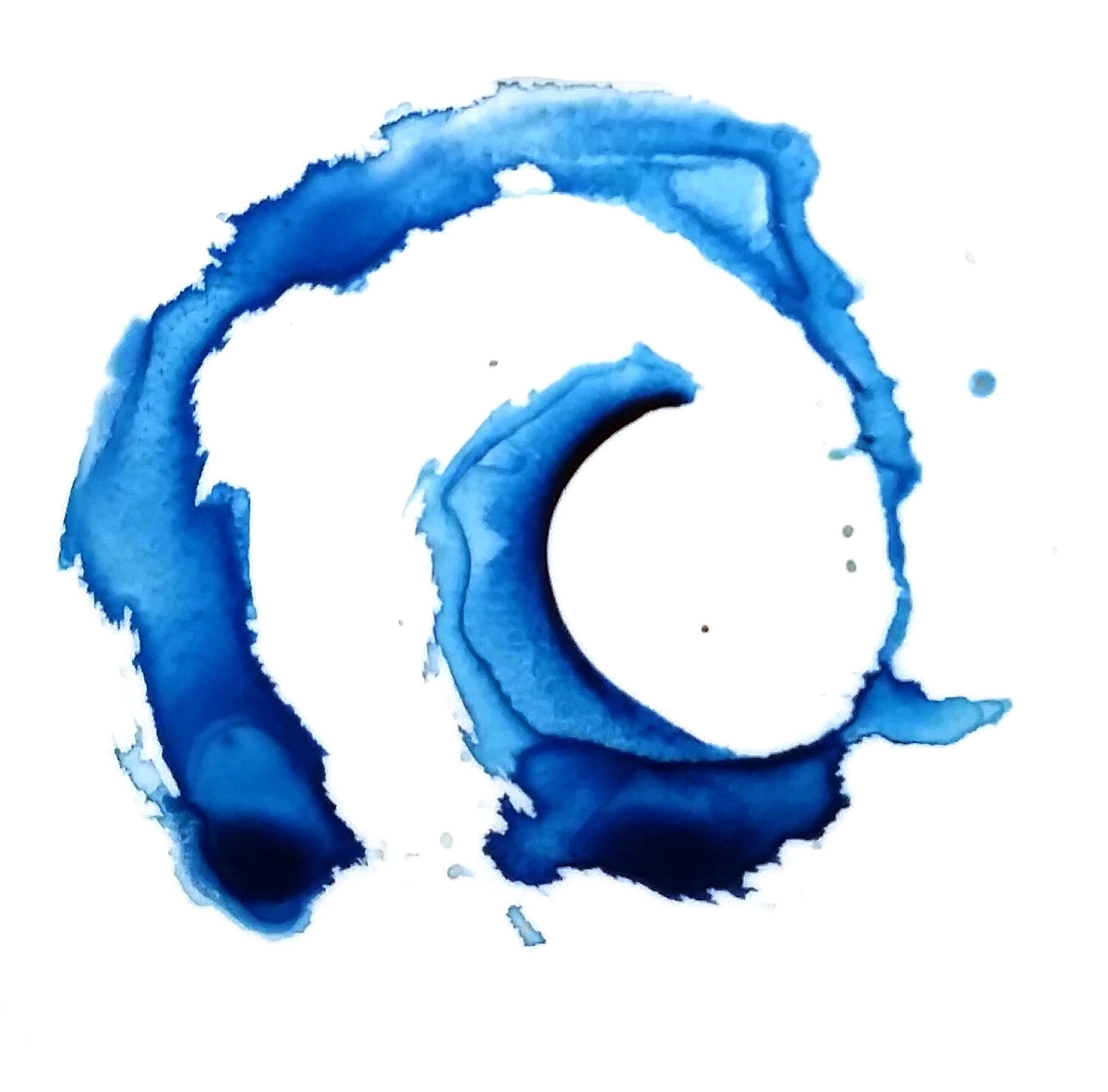Chakra Crash Course
/If you have ever had an emotional healing session with me, chances are you have heard me mention the chakra system. I might have suggested grounding your root chakra or perhaps speaking your truth aloud to open the throat chakra.
When mentioning the chakras, my clients tend to have two types of reactions on the other side of the phone:
“My throat chakra? Yeah! I have been carrying a lot of anger while battling this sore throat for weeks! It felt so much better following our session.”
The second most common reaction is:
“Huh?”
I appreciate both. Some of my favorite clients are the few who end a session with, “Emma, I don’t know how this energy stuff works, but it’s working!”
As much as I love being the magician pulling rabbits out of a hat, to the amusement of a varied few, the truth is that moving energy is just as real and tactile as the phone you’re holding or the chair you’re sitting in. And the best way I have found to understand how to move or heal our energy is by understanding the chakra system. So whether you are well-versed or completely in the dark, I would like to open the discussion of the chakra system with a crash course that anyone can understand and benefit from.
So let’s get started. First:
This is not new
Let me begin by saying that this is not new information. A good portion of this has been most-eloquently presented by the fine works of authors and healers, such as: Barbara Brennan, Caroline Myss, Rosalyn Bruyere, Ambika Wauters, Cyndi Dale (to name a few of my favorites) and many more, all of whom are the benefactors of a much more ancient wisdom. What is new, is my interpretation of the chakra system through the lens of emotional healing, based on the patterns I see in my own work as an emotional healing practitioner.
Self understanding is a path to healing
Second, let’s jump to the most important question we can ask: Why should I care? You’re straight-to-the-point. I like that.
Well, most simply, I look at the chakra system as a bridge between the mind, body and the spirit.
Ancient wisdom did not separate out the mind, body and spirit individually within health. Healing was approached by looking at the interplay between each to paint a greater picture of the whole. So, take for instance a physical ailment such as anxiety. Looking at it from the lens of the whole, we might ask:
What thought systems, if any, might be contributing to anxiety?
What spiritual lessons, if any, might be contributing to anxiety?
What is the interplay between the mind, the body and the spirit? Is anxiety a physical symptom of being out-of-alignment in one or all of these areas?
The value of understanding the chakra system is we can begin to look at health and healing through the perspective of a greater whole; the way in which our bodies are designed. This gives us access to more information and greater resources for health and happiness.
So what are chakras, then?
So glad you asked. Chakras are typically characterized as “wheels of light,” or energetic, cone-shaped vortices that run up the spine, from the tailbone to the top of your head. Healers, empaths and spiritualists have “discovered” a great many of the chakras, some even resting above and below our physical bodies. To keep it simple and relevant, I’ll be touching on the 7 most-commonly identified chakras along the spine.
I consider these chakras a bridge between the mental, emotional, physical and spiritual aspects of the Self, because each one corresponds with it’s own body parts and organs, thoughts and belief systems, emotions and even spiritual beliefs. Each chakra carries an aspect of our consciousness. Often, in an emotional healing session, it becomes striking which chakra is out of balance, the words, symbols, colors and belief systems often corresponds hand-in-hand with the common qualities of a given chakra.
Imagine 7 round pools of water with small streams leading into and between each pool. The flow of energy in each pool affects the others. Is the 5th pool stagnating - holding onto the water and stopping the flow up to the 6th and 7th chakras? Is the 4th pool leaking water too quickly, running straight through without enough to sustain it?
What we want to create is a consistent flow of energy, with each pool of water taking in and releasing energy with ease.
Chakras and Emotional Healing
From the Emotional Healing perspective, I look at chakras as being either balanced (which means we are in-alignment mentally, emotionally, physically and spiritually) or out-of-balance. If we are out of out-of-balance in a chakra it can mean one of two things:
- We are exerting too much energy in a chakra center.
- Or we do not have enough energy in a chakra center.
Emotional healing is an adaptogen, which means, it brings both extremes back into the center, or back to equilibrium.
As an example, let’s explore the 3rd, solar plexus chakra that’s out of balance. Our solar plexus is what I consider the “power center” of each individual. It’s where we hold our self-esteem, and ego/ identity. Here are common imbalances in both directions for the solar plexus:
- If we are not exerting enough energy in this chakra center, we give our personal power away: we may suffer low self-esteem, indecision, and the belief that we cannot create change in our lives.
- If we are out of balance in the other direction, then we are exerting too much energy in this chakra. We may be too heavily into our ego, exacting or enforcing our will upon others, without consent or regard.
A balanced solar plexus is a healthy sense of personal power, self-esteem, and vitality. This person knows he or she has the capacity to create positive change in his or her life.
The practice of emotional healing brings chakras that need healing back into balance, subconsciously, and also quite beautifully.
What’s next:
As chakra work is both integral to my practice, and also one of my favorite topics, I’ll be continuing to post on this subject. By following along, you’ll learn more about each of the chakras and how you can heal the body, mind and spirit through gathering information from each chakra and learning how to boost or release energy from each of these energetic centers.
Until then,
Be well.








